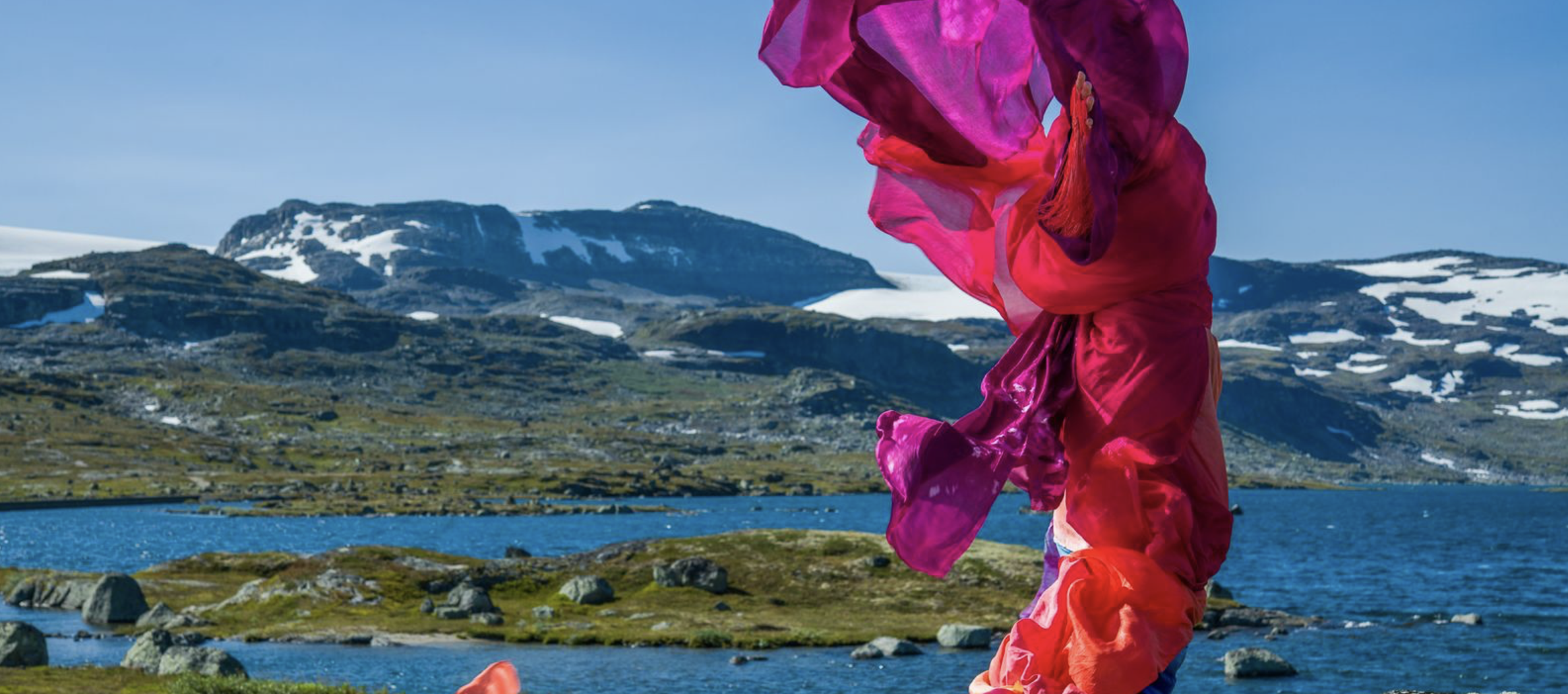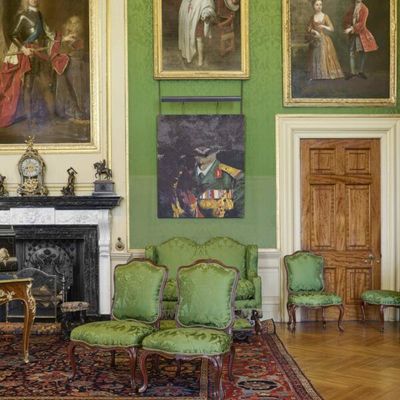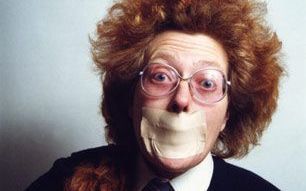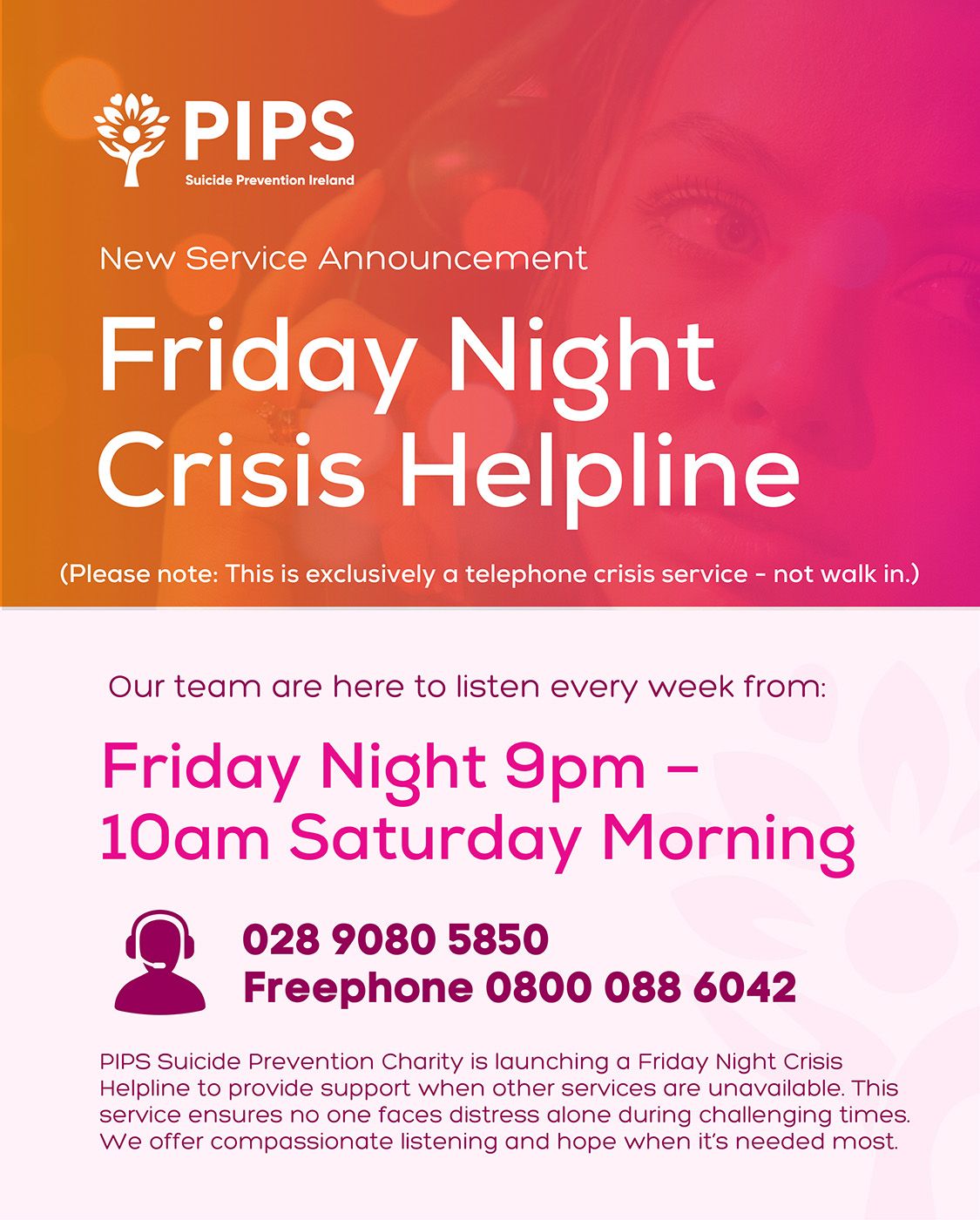RECENTLY I was invited to Norway with Bbeyond artists Siobhan Mullan-Wolfe and Thomas Wells to join a panel at their symposium 'The Challenges Performance Art Faces'.
I was also there to participate in the Performance Art Bergen open festival where 28 artists stayed in a small hotel, performing during the day in their rooms then staying overnight in them. Performance Art Bergen (PAB) is, like Bbeyond, a membership-driven organisation for performance artists and others interested in visual performance. It has arranged hundreds of performance events since its formation in 2011.
PAB aims to make visible and strengthen performance art by arranging academic forums, workshops, open sessions, festivals and international exchanges. They are based in Bergen, but work locally, nationally and internationally. Bbeyond has been facilitating exchanges both in person and digitally with the organisation and although recently we started to develop different ideas together, we didn't receive funding so PAB poured those ideas into their symposium.
The Norse influence has been felt keenly in Ireland since 795 with the Vikings. Magnus Barelegs, King of Norway, at least according to our side of the story, tried in 1098 to establish Norse dominion here but was killed in County Down by the Ulaid while in the process of acquiring cattle for his journey home. His grave near Downpatrick is the only known grave of a Norwegian Viking King outside of Norway. Strangford Lough, of course, was named by the Vikings – 'Strong Fjord' – after its powerful tidal currents that still flummox many.
Interesting day ‘the challenges performance art faces ‘ PAB #Bergen pic.twitter.com/XwLss89E53
— Bronagh Lawson (@CreativChangeNI) October 4, 2024
The first surprise is that there is a direct flight from Dublin to Bergen and it only takes two hours and ten minutes. The airport is on the coast, surrounded by islands and so it is a very dramatic entry into the country. Of course I was keen to explore, but time did not permit much more than a walk around the city with its wooden plank houses built into the hillsides and a visit to a few galleries, including an exhibition by Guatemalan artist Edgar Calel, who celebrates the traditions and spirituality of his Mayan Kaqchikel heritage.
At the symposium, Kurt Johannessen – who has been working in performance since the 80s – gave an excellent presentation on the overall artistic process, from idea to execution and all the bits that happen in between (and long after). Artist Rita Marhaug talked about a project she worked on for a number of years where she would get super fit by carrying her audience one by one on her back in performances and in her training to be a boxer. She invited people to a performance with a warning they might get hit, only to find she got hit back!
Adran Jorkjen, Ollie Hermansson and Benedict Beldam started Performance Art Norway after lockdown, needing to find connection and links for younger artists after their Covid experiences. They are all children of the 90s. They collected from the gathered audience then read out 'Confessions of Performance Artists'. These were wide ranging with no two ever the same. Greig Burgoyne got everyone to participate in a mass Post It note performance.
The way the festival was set up was very effective, moving around performances in different hotel rooms. But even so it was not possible to experience everything. Polish artist Marta Bosowska invited you to pick a colour-coded story – all refugee tales of what happened to specific people on their journey to safety, shifting effortlessly and engagingly from one person to the next. Lizlot Frydenlund and Rune Kringstad focused on energy conversion, inviting the audience to meditate, their thoughts reflected in lights on the artists' white jumpsuits. Lola Bezemer took us into her bathroom where she was dyeing materials pink then drying them from the rafters.
In the evenings we enjoyed wonderful food at the Bergen Assembly and the conversations flowed into the night. We came back with new connections, friends and ideas. The small team that made it happen worked really hard to pull it off, and the results were really appreciated.
A quick last visit to another gallery allowed us to experience a selection of Edvard Munch's early work and I was surprised to see how much it was influenced by impressionists. And yet you can see the physiological pain starting to show in the way he painted people's faces.
PAB were great hosts and the visit has given us a curiosity to explore Norway further and continue to deepen the connections.
Meanwhile, lots more closer to home as the Belfast International Festival gets under way; the Royal Ulster Academy exhibition opens at the Ulster Museum; and the Belfast Film festival have announced their programme. Some events that caught my eye are The Unholylands with James Nesbitt, screened in the old Shankill Mission building. The exhibition A Tale of Two Houses at the Vault Gallery is by Marta Myczkowska, an artist who used to have a studio in the old Havelock House and filmed its demolition through her studio window.





